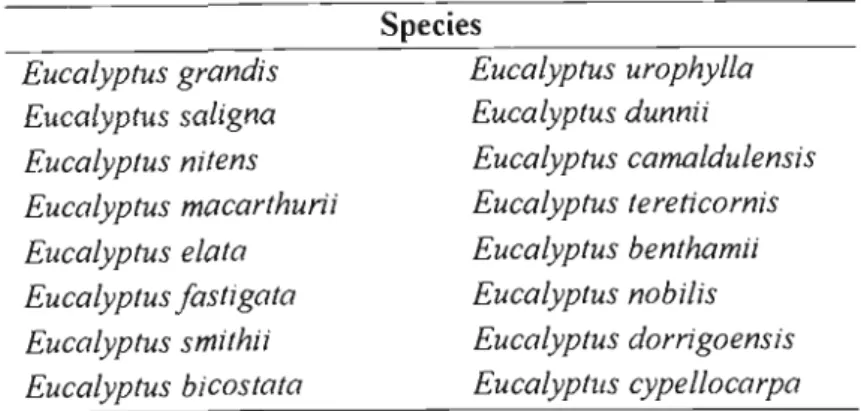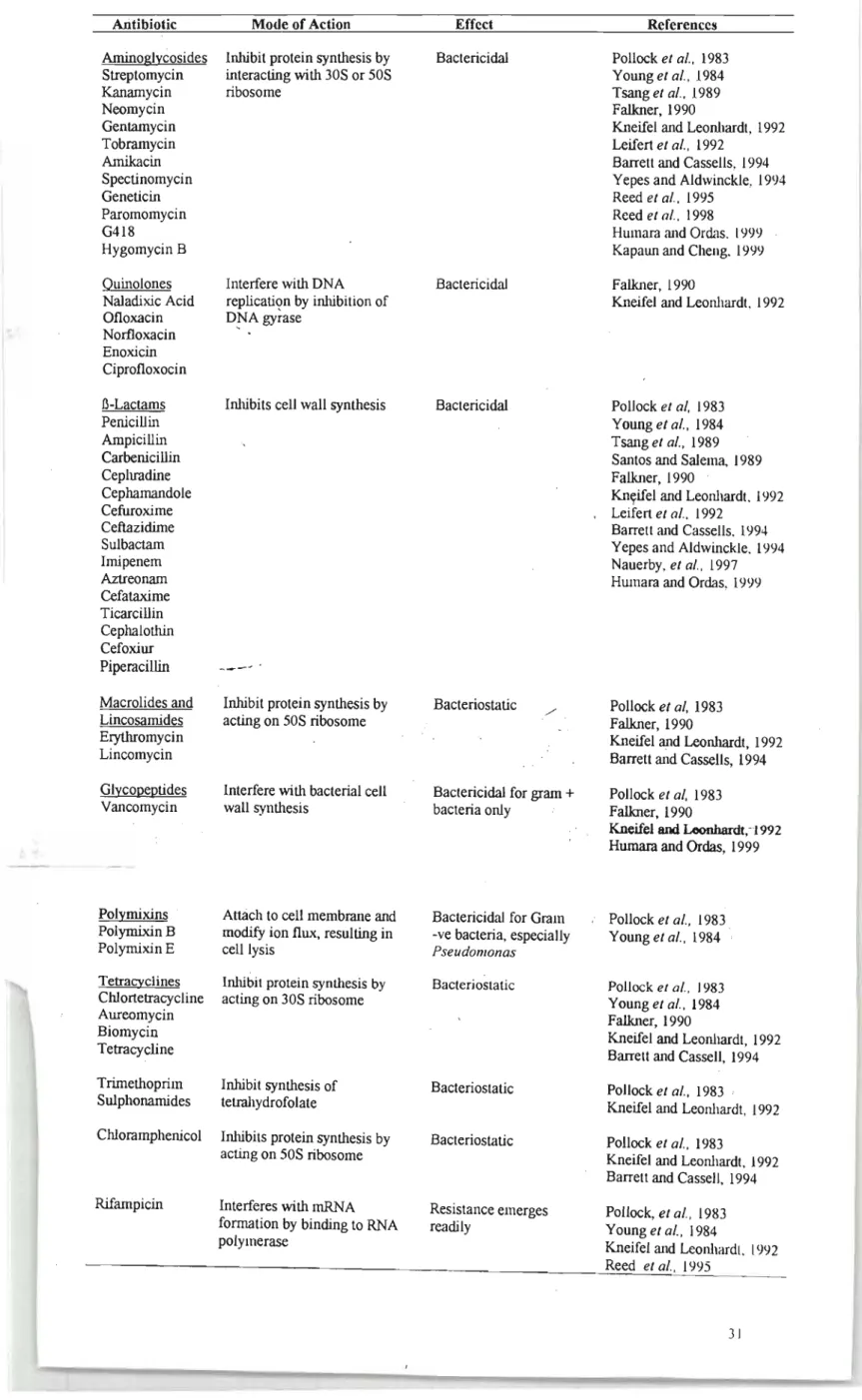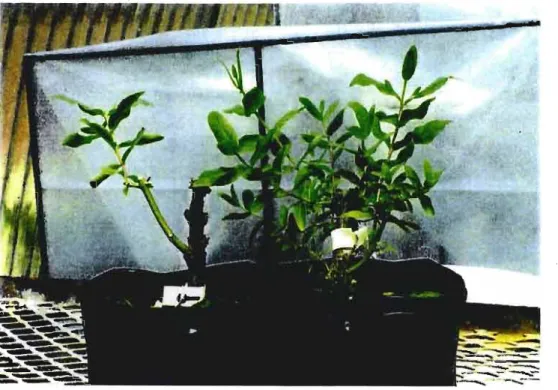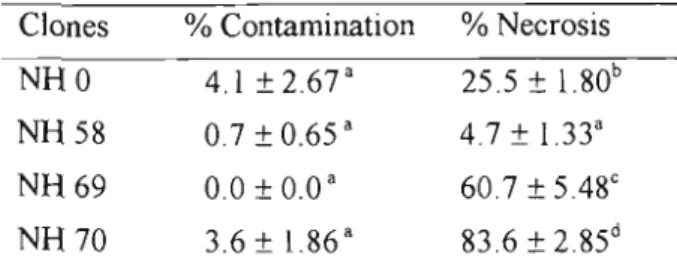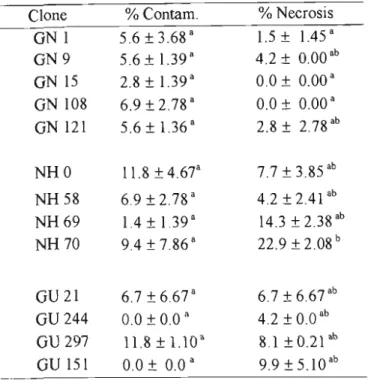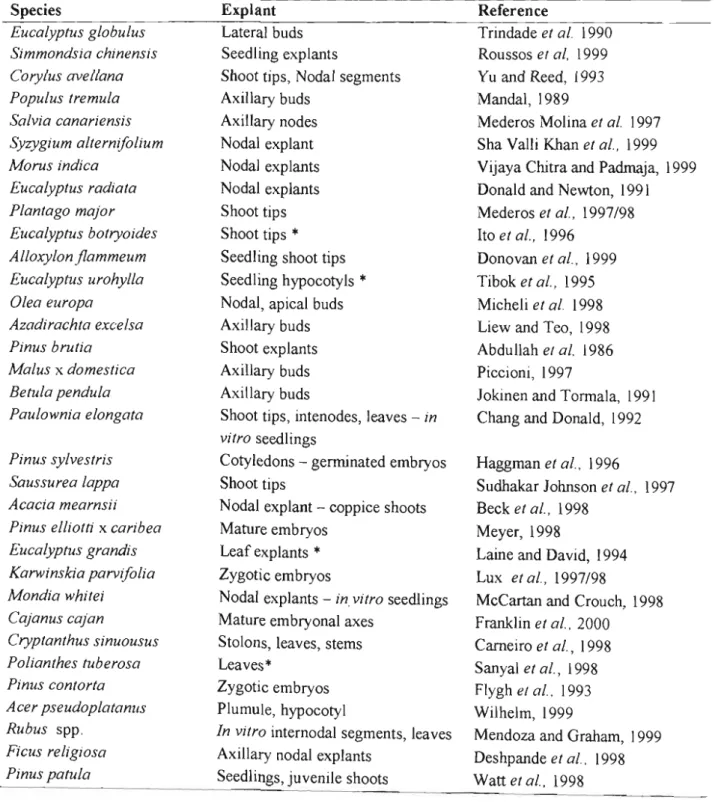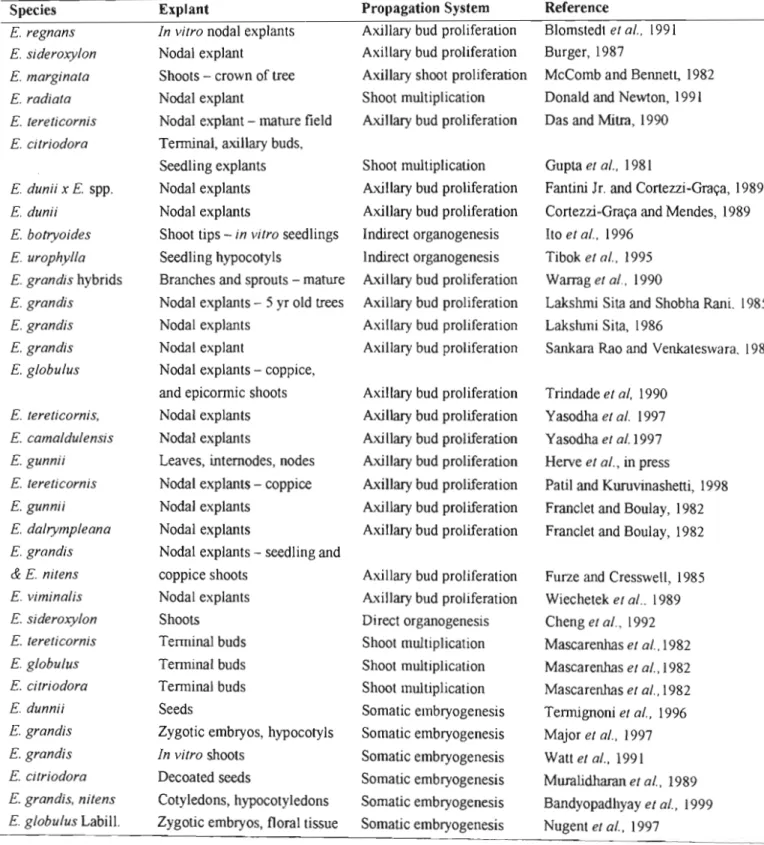Where other people's work has been used, it has been duly acknowledged in the text. Her guidance, support and guidance throughout the duration of this project kept me sane and gave me the drive to continue. I would also like to thank my friends and colleagues at the School of Life and Environmental Sciences; Marzena Banasiak, Oscar Moketedi, Sumita Ramgareeb, Andiswa Tsewana, Andiswa Mayipase, Precious Myeza, Kitt Payn and all whose support, help and friendship during the course of this study motivated and encouraged me.
A single successful surface sterilization method was possible for all clones of the tested hybrids contamination necrosis). As genotypic effects were highly significant among NH clones, a single propagation medium for all clones of this hybrid could not be determined.
LIST OF TABLES
LIST OF ABBREVIATIONS
Introduction
- The history of the forestry industry in South Africa
- Constraints and legislation impacting on the South African forestry industry
- The utilisation of commercial forest tree species in South Africa
Afforestation with conifers and Eucalyptus grandis began in the subtropical areas of what was then the Transvaal Plain and Zululand to meet the needs for mining timber and later for rayon pulp and sawmilling (Luckhoff, 1973). The depression of the early 1930s caused the government to establish many large pine plantations in the northern and eastern Transvaal, Natal and the southern Cape to provide employment (Immelman, 1973). Currently, most of the forest resources are in the hands of a few large companies, which is of some concern to the current government (Anon, 1996).
Eucalyptus found use in the pulp and paper industry due to a shift in emphasis from long to short fiber pulps. Eucalyptus plays a key role in the forestry industry in South Africa, being used for several timber and non-timber applications.
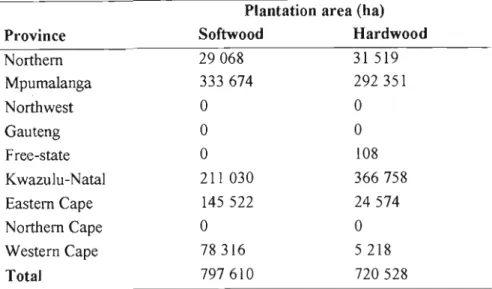
Establishment of Aseptic Explant Material
- Introduction and Literature Review
- Sources of microbial contamination in culture systems
- Materials and Methods
- Plant material
- Maintenance of stock plants
- Analysis of data
- Results and Discussion
- Establishment of surface sterilisation protocols using GN 1
- Development of a common optimised sterilisation protocol to all tested genotypes
- Conclusion
Bacteria, as with other forms of microbial contamination, can occur on the surface of the plant tissue. Greenhouse roses were treated with a 150mgll spray of the extract of Macleaya cordata, a plant said to be rich in QBAs (Newman, et al., 1999). The potential toxicity of the antibiotic to humans is another factor that must be considered before using antibiotics in tissue culture media (Barrett and Cassells, 1994).
Pollock et al., (1983) found that ampicillin and carbenicillin were the least toxic of the antibiotics they tested, and further retained a broad spectrum of bactericidal activity. Chlorothalonil, a chlorine-substituted aromatic compound, was also observed to inhibit shoot survival and multiplication in Eucalyptus and further slowed shoot growth and inhibited rooting at low fungicide concentrations (Watt et al., 1996). A summary of the different protocols tested in GN 1 nodal explants is shown in Table 2.3.
In summary, extremely stringent sterilization methods (protocols 2, 3, 4) caused necrosis of nodal explant material.
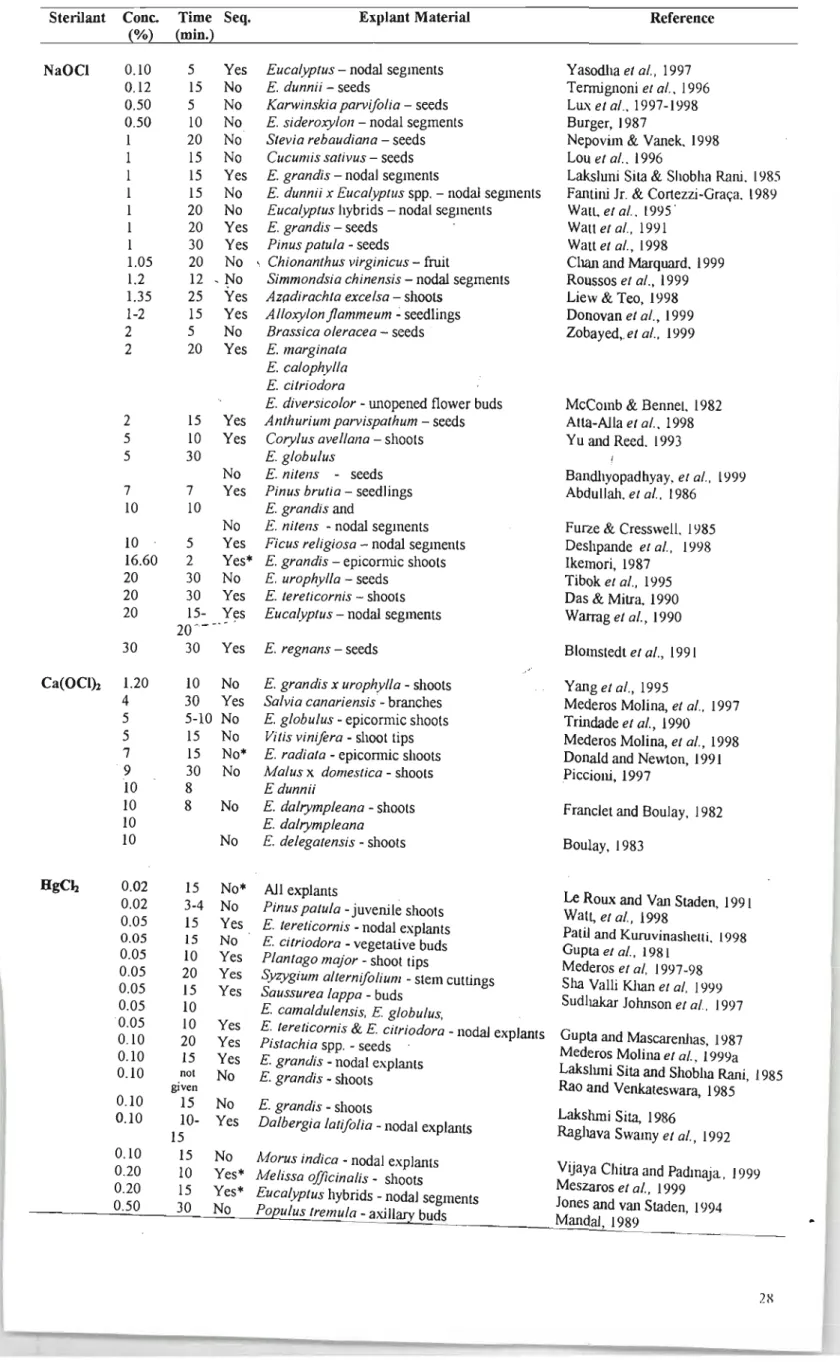
Establishment of protocols for the micropropagation of Eucalyptus hybrids
- Introduction and Literature Review
- Applications and limitations of micropropagation in forest species
- Materials and Methods
- Results and Discussion
- The effect of medium composition on the rooting of shoots
In vitro propagation via somatic embryogenesis has been performed mainly using seedling and embryonic tissue. On the other hand, organogenic methods for in vitro propagation have proven successful in tissue culture of several species (Table 3.2). In vitro internodal segments, leaves Mendoza and Graham, I 999 Ficus religiosa Axillary nodal explants Deshpande et al.
The successful cultivation of living plants in vitro by axillary bud proliferation depends on a number of factors that can negatively or positively affect different stages in the in vitro propagation process (Thorpe Ammirato, 1986). In vitro shoot elongation of auracaria has been successfully performed on White's medium (Maene and Debergh, 1987). This was confirmed in a study by Puddephat et al. l 997) on the establishment of Quercus robur in vitro.
Many authors have observed that the use of different brands of agar has had significant effects on yields and in vitro development of tissue cultures. In addition to the effect of chemical components on in vitro growth and development of plants, various physical factors also affect the developmental process that occurs during organogenesis through the proliferation of axillary buds. 1997) observed that day length also affected in vitro shoot growth and development in Quercus robur.
Low carbon dioxide concentrations during in vitro plant light exposure also resulted in limitation of photosynthesis and biomass production (Haisel et al., 1999). The approach used was to test different established media for each stage of the in vitro development process. As mentioned earlier in this chapter, in vitro propagation by axillary bud proliferation can achieve high plant yield.
This study aimed to create high-yielding media for each of the in vitro culture stages that could be successfully applied to all clones of each of the three Eucalyptus hybrids under study. The third stage in the axillary bud proliferation process involves the in vitro multiplication of axillary buds after bud break.
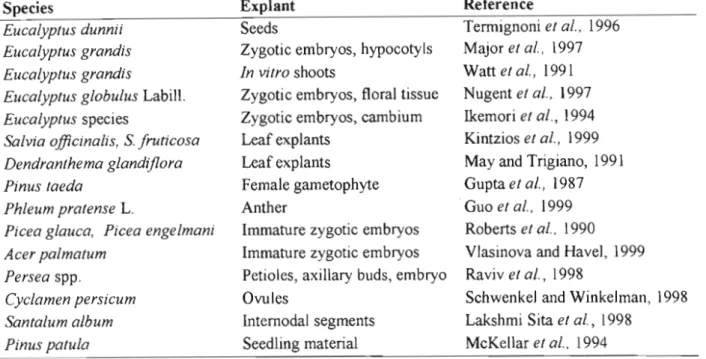
Concluding Remarks and Future Research Strategies
Establishment and application of clone-unspecific sterilisation and micropropagation protocols
Although the protocol worked well for all clones tested, it may be possible to further reduce necrosis levels in certain clones (eg NH 70). However, because only a few clones of each hybrid were tested, further studies on other clones need to be done to determine if this protocol can be used more widely. Regarding the commercial applicability of this general sterilization technique, the use of this single method for a range of different genotypes is cost-effective, as it saves on chemicals, time and labor spent on the research and the subsequent implementation and management of specific sterilization become methods for each clone.
Regarding the stages of the actual tissue culture process, non-genotype specific protocols for axillary bud proliferation were established for GN and GU clones, although this resulted in low yields. Non-clone specific protocols for NH clones could not be established for certain breeding stages due to the high degree of genotypic differences between clones. For clones of the NH hybrid, no high-yield multiplication medium could be determined due to the high clonal specificity in responses to the different media.
Furthermore, the commercial viability of propagation of NH 69 via axillary bud proliferation needs to be reconsidered, due to the difficulties encountered in introducing and replenishing this clone in vitro, both in this study and in independent investigations by other workers (McAlister, press comm.). Unless a more suitable, high-yielding protocol can be established for this clone, it may be necessary to propagate this clone entirely by other vegetative methods such as stem cuttings. Although a non-clone-specific protocol has been established for two of the three hybrids (GN and GU), it is recognized that specific use may be necessary for certain clones.
For example, higher shoot propagation yields for GN 1 can be achieved using propagation medium Ml (0.2 mg/l BAP, 20 g/1 sucrose) instead of non-specific propagation medium M2 (0.2 mg/l BAP, O.Olmg /l NAA, 25 g/J sucrose) and rooting for GN 9 should be improved. As with the sterilization protocol, it cannot be assumed that micropropagation protocols will be effective for all other genotypes of GN and GU hybrids. However, clone-specific protocols are still needed to achieve higher plant yields for such clones as GN 1 (1.7 plants/explant), NB 58 (0.35 plants/explant), and GU 21 (0. 54 plants/explant).
Proposed future research strategies
Furthermore, the possibility of maximizing returns by using different strategies needs to be further explored. Nixon et al., 2000) have seen considerable interest and success at Mountain Home Laboratories (McAlister, pers. comm.), and this can be explored more thoroughly with reference to a wide range of genotypes. Recently, Nixon et al. at the Mondi Forests Mountain Home Laboratory 2000) showed that a temporary immersion system (RIT A), tested on two eucalyptus clones, yielded higher multiplication rates in a shorter time than semi-solid media.
In addition, the RIT A system reduced hyperhydricity and callus formation, and the seedlings formed were darker green, larger and had a greater leaf area than seedlings on semi-solid media. Moreover, the plants generated from the RITA system also showed a higher rooting efficiency and higher survival in the greenhouse than those obtained with semi-solid media (Nixon et al., 2000). These observations confirm the recommendation of Teisson and Alvard (1995), who advocated the use of liquid temporary immersion systems for propagation on the basis that labor is reduced, media changes are facilitated and the subculture time for explants is shorter.
Additionally, because gelling agents do not need to be added to the culture medium, the cost associated with including this component in the medium is eliminated. Additional advantages of using such a system include the fact that antimicrobial agents can be added to the liquid medium and air flow through the system is better than in semi-solid media, thus contributing to improved cuticle development and , therefore, in vitro survival of the plant. 1993) suggested that the medium for the immersion system could be sterilized simply by ultrafiltration rather than by autoclaving.
In summary, further studies will focus on achieving a common non-clone-specific protocol for NH clones, as well as improving the yields already achieved for the tested GN and GU clones. Other clones of the tested hybrids will also be subjected to the tested non-specific protocols. Strategies to improve yield and seedling quality and survival (e.g. temporary submergence systems) will also be explored.
Role of sucrose, auxin and explant source in in vitro rooting of Eucalyptus sideroxylon seedling explants. Organogenetic pathways of in vitro regeneration of shoots from different organs of an elite clone of Eucalyptus gunnii. Toxicity of antibiotics and herbicides on the in vitro formation of adventitious shoots on Pinus pinea L.
Epicormic shoots from the branches of Eucalyptus grand as an explant source for in vitro culture. Autotrophic sugar-free tissue culture for promoting growth of plantlets in vitro and for reducing biological contamination. Growth and proliferation in vitro of Vaccinium corymbosum under different irradiance and irradiance spectral composition.
Scaling up in vitro propagation by somatic embryogenesis: the case of oil palm Elaeis guineensis Jacq. Rapid in vitro propagation of Saussurea lappa, an endangered medicinal plant, via multiple shoot cultures. The role of cytokinin and auxin in the rapid multiplication of Eulcayptus gobulus shoots grown in vitro.
